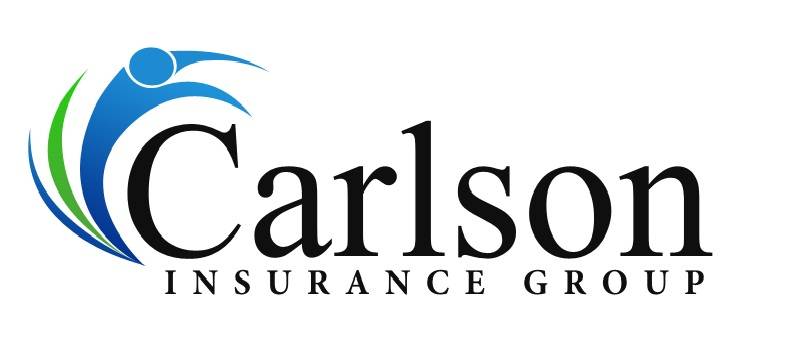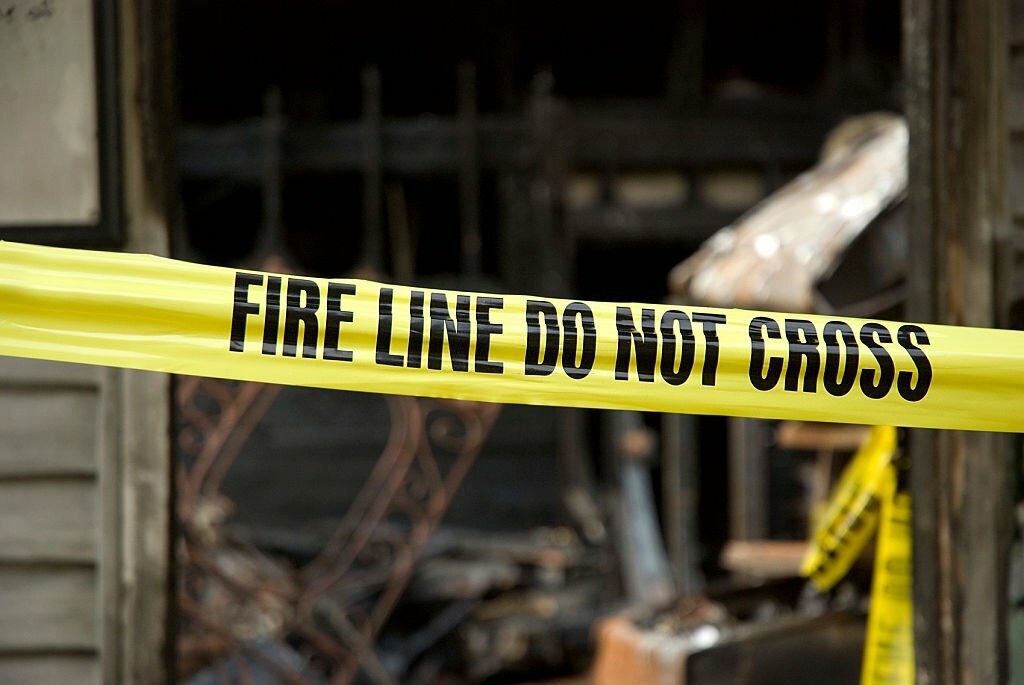House fires are a devastating and all-too-common occurrence in the United States, causing thousands of deaths and injuries each year. Understanding the basics of house fires is crucial for protecting yourself and your loved ones. In this comprehensive guide, we’ll delve into the rapid spread of fires, the dangers of heat and smoke, and essential fire safety tips to keep you safe. Carlson Insurance Group is committed to your safety, so let’s explore how to prevent, prepare for, and recover from house fires.
The Speed of Fire
Fire is relentless. In just 30 seconds, a small flame can escalate into a major fire, and within minutes, thick black smoke can fill your home or engulf it in flames. Most deadly fires occur when people are asleep, leaving little time to escape. Learn why you should never underestimate the speed of a fire and always prioritize escape.
Heat is Deadly
Heat is more perilous than flames. A fire’s heat can kill, with room temperatures reaching up to 600 degrees Fahrenheit at eye level. Discover why inhaling super-hot air can scorch your lungs and melt clothes to your skin, and why flashover is a critical consideration in fire safety.
Fire’s Dark Side
While fire starts bright, it quickly produces black smoke and complete darkness. Find out how this darkness can disorient and blind you, making it challenging to navigate even in your familiar home.
The Leading Cause of Fire Deaths
Smoke and toxic gases claim more lives in fires than flames themselves. Understand why asphyxiation surpasses burns by a 3-to-1 ratio, and why breathing in these poisonous gases can lead to disorientation and drowsiness, making escape even more challenging.
Key Fire Facts to Remember
We’ve summarized the critical points to remember about fires, including their speed, heat, darkness, and deadliness. Being informed is the first step toward preparedness.
Before a Fire
Fire Escape Planning
Learn how a well-practiced fire escape plan can make all the difference. Discover the importance of finding two ways out of each room, ensuring windows and doors are accessible, and teaching children not to hide from firefighters. Tailor your escape plan to your family’s needs and your home’s layout.
Fire Escape Planning for Older Adults and People with Special Needs
Special considerations are essential for older adults and those with mobility challenges. Find out how to live near an exit, accommodate walkers or wheelchairs, and communicate your fire safety plan with others.
Smoke Alarms
Understand why smoke alarms are crucial for your safety 24/7. Learn how to install and maintain them properly, test their batteries, and place them strategically throughout your home. Check out the U.S. Fire Administration’s Smoke Alarm Installation Guide for detailed instructions.
Additional Fire Safety Tips
Explore additional tips, from sleeping with your door closed to using fire extinguishers safely. Consider installing automatic fire sprinkler systems and requesting fire department inspections for added protection. For more information on using fire extinguishers safely, visit the National Fire Protection Association’s Fire Extinguisher Use Guide.
During a Fire
Critical Actions
When a fire occurs, knowing what to do can save lives. Discover the steps to take, from crawling low under smoke to feeling doorways for heat. Learn how to stay calm and act swiftly.
After a Fire
Recovery
Recovering from a fire is challenging, but a systematic approach can help. Contact local disaster relief services, inform your insurance company, and conduct a thorough inventory of damaged property. Save receipts for expenses, notify your mortgage company, and explore special benefits for fire loss recovery.
Stay Safe with Carlson Insurance Group
At Carlson Insurance Group, your safety is our priority. For additional risk management guidance, contact us today. We’re here to help you protect what matters most.






